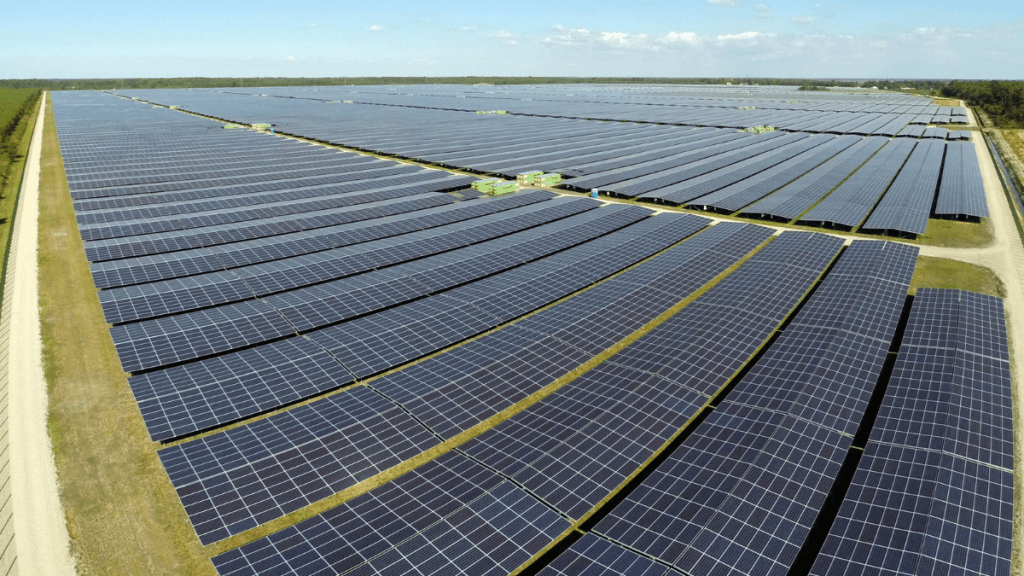By Nitin Zamre
The last few months have seen a flurry of activities in the rooftop solar space in India. In early January, the ministry of new and renewable energy (MNRE) announced an increase in the subsidy for solar rooftops from Rs 18,000 per kilowatt (Kw) to Rs 20,000 per Kw.
On January 21, the MNRE announced simplification of rules for implementing rooftop solar. And on January 22, the Prime Minister announced the PM Suryodaya Yojana to enable one crore households to set up solar panels on their rooftops.
In 2014, the government had launched the Rooftop Solar Programme with a cumulative installed target of 40 gigawatts (Gw) by 2022. This target wasn’t achieved; only about 10 Gw of rooftop capacity had been installed by December 2023.
Most of this capacity is by industrial and commercial establishments with the residential category contributing to only about 3 Gw. The PM Suryodaya Yojana is another attempt to accelerate efforts to reach the target of 40 Gw.
On February 13, the PM gave the scheme a new name, PM Surya Ghar Muft Bijli Yojana, and some more specifics — an investment of over Rs 75,000 crore to light up one crore households and provide up to 300 units of free electricity per month.
On February 29, the Union Cabinet approved the scheme with a total outlay of Rs 75,021 crore. The yojana incentivises rooftop solar installation by providing increased subsidy of up to Rs 30,000/Kw for up to 2 Kw and Rs 78,000 for 3 Kw or higher, granting loans at 7% interest per annum, development of a model solar village for rural areas, payment security for renewable energy service companies (RESCOs), a fund for innovative projects, and a dedicated portal for online registration and availing benefits.
This aggressive push bodes well for everyone with its multiple benefits — scaling up the adoption of clean energy, reducing energy import bills, lower electricity bills for households, reducing the subsidy bill for state governments, strengthening the distribution grid, providing additional income to households, etc. It ticks almost all the boxes!
While the government has begun to spread awareness about the scheme, and rightly so, a few more steps must be taken to make it more effective and ensure early implementation.
One of the biggest challenges is the capacity of the individual household to navigate the maze of steps for rooftop solar installation — finding and negotiating with an installer/developer, obtaining clearances from the discom, maintaining the panels and the system, etc. While some of the rules have been simplified, an average household still feels overwhelmed by these activities, especially in peri-urban and rural areas.
This challenge is well recognised. In fact, on January 25, the MNRE itself allocated states to eight central public sector enterprises (CPSEs) for implementing the rooftop solar targets as RESCOs. REC Limited will be the monitoring, tracking, and financing agency.
The CPSEs are to set up the project and provide free electricity to the households as needed, and sell the surplus to the respective power discoms that can be used to pay off the loan, if any.
The solar rooftop system’s ownership will be transferred to consumers once the loan is repaid. They will keep earning money from the surplus electricity. However, it is not clear whether the CPSEs continue to have any role in the scheme approved by the Union Cabinet.
Another important aspect is economies of scale. Such large-scale deployment must be leveraged to bring down costs. A centralised bulk procurement from one of the entities mentioned above could enable that.
While procurement and financing happen centrally, implementation is done locally. The interest of local stakeholders and the development of a local ecosystem becomes critical. The RESCOs can play a central role in developing such an ecosystem by encouraging the creation of local ‘developers’.
Developers should be responsible for marketing the programme’s benefits to consumers, sourcing consumer interest, and approaching the RESCOs for necessary modules and infrastructure. The RESCOs help stitch the project together for implementation.
The developers then instal the solar panels on the consumers’ household premises and are responsible for long-term maintenance. RESCOs pay the developer a fixed installation fee and yearly maintenance fees. This naturally creates local energy entrepreneurs, aligned with the government’s vision of creating such opportunities at the district level.
Consumers can agree upon their share of self-use of the electricity so generated and sell the balance to RESCOs (unless bought by the discom), for adequate compensation. The RESCOs can aggregate all such additional electricity and maximise revenue by selling this to other discoms, large consumers, and power exchanges. Price arbitrage opportunities — the difference between compensation paid to consumers and the realised sale price for electricity — can be used to partially offset the financial assistance provided by the central government. The RESCOs also get an incentive to actively participate in the implementation of the programme.
The PM Surya Ghar Yojana is an excellent opportunity to scale up the adoption of clean energy as well as create local entrepreneurs and jobs. A suitable implementation structure on the lines suggested above can go a long way in achieving the desired results.
The author is Chief Operating Officer (COO) of The Infravision Foundation.
Disclaimer: Views expressed are personal and do not reflect the official position or policy of Financial Express Online. Reproducing this content without permission is prohibited.


















